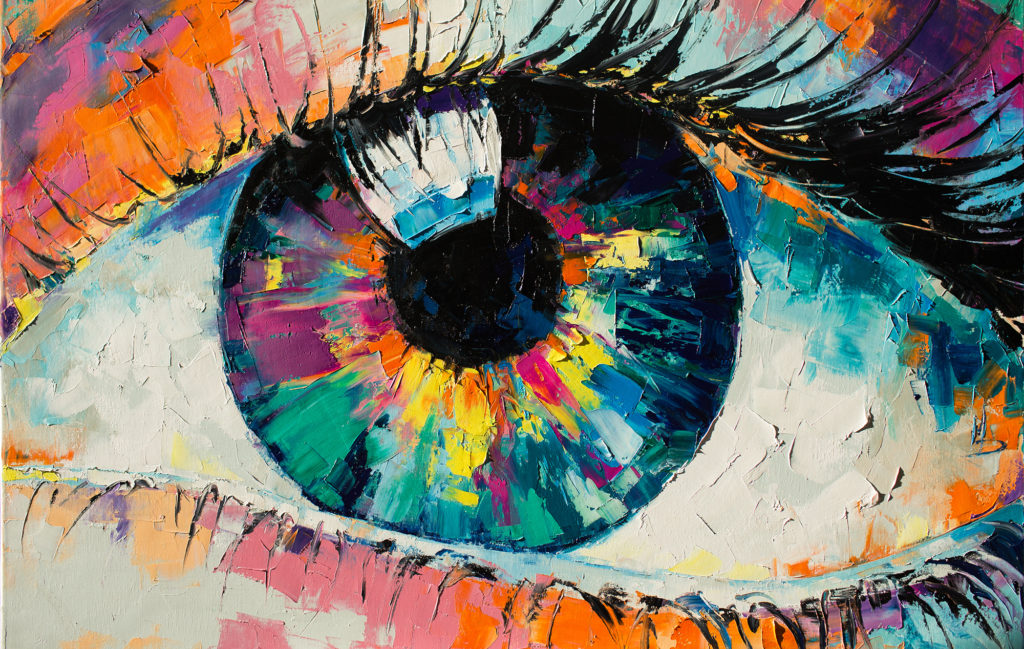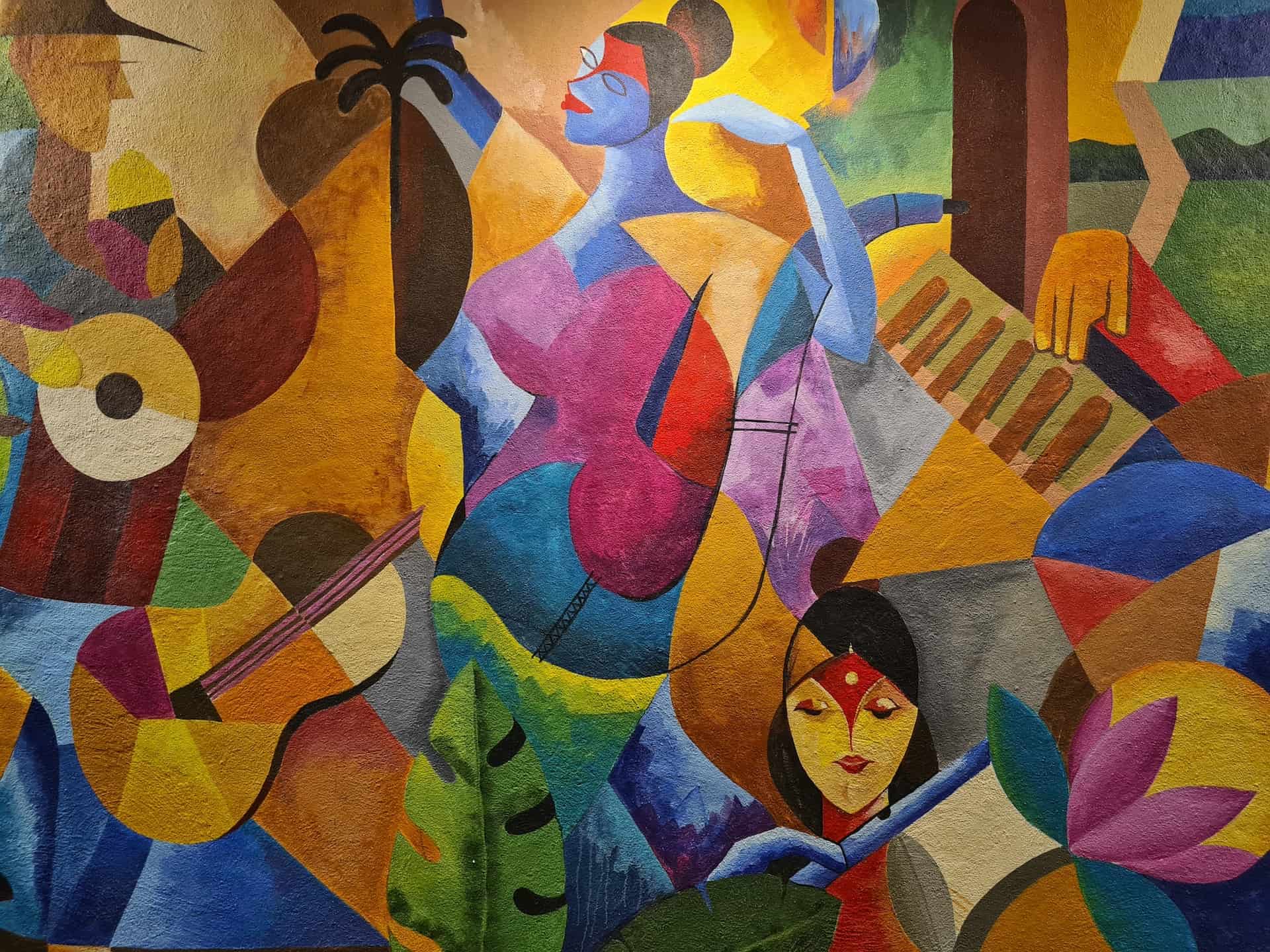Just How Trump Art Influences Public Understanding of Political Figures
Just How Trump Art Influences Public Understanding of Political Figures
Blog Article
Beginning on a Visual Trip Via the Lyrical Analyses of Nature in Stylist Landscapes
Each brushstroke, each play of light and darkness, and each color option in their works talks volumes about the artists' deep link to nature and their capacity to convert its beauty onto the canvas. As we check out the lyrical interpretations of nature in Stylist landscapes, we are welcomed to submerse ourselves in a world where reality and emotion intertwine, offering a glance right into the musicians' profound gratitude for the natural globe.
The Captivating Brushstrokes of Claude Monet
Claude Monet's mastery of brushstrokes transcends plain method, imbuing his landscapes with a heavenly quality that mesmerizes and mesmerizes visitors - trump art. His ingenious usage of shade and light, incorporated with his distinct brushwork, produces a feeling of movement and life within his paints. Monet's renowned collection of jobs depicting water lilies and his legendary haystacks showcase his ability to record the fleeting impacts of light and environment

Enjoying Light and Darkness With Camille Pissarro
Embodying a comparable reverence for the interplay of light and shadow, Camille Pissarro's imaginative vision unravels as a harmonious expedition of the environment's luminescent subtleties. Pissarro, a crucial figure in the Impressionist movement, masterfully caught the dynamic connection between light and darkness in his landscapes. His proficient usage of shade and brushwork enabled him to convey the refined changes in light that specify different times of day and periods.
Pissarro's paints typically feature dappled sunlight infiltrating fallen leaves, casting detailed patterns of light and darkness on the planet below. In jobs such as "Hoar Frost, the Result of Snow, Pontoise," Pissarro skillfully depicts the crisp brightness of winter months sunshine compared with the trendy darkness that specify the snowy landscape. By accepting both light and darkness in his compositions, Pissarro invites customers to submerse themselves in the all-natural charm and transient results of light on the planet around them.

With Pissarro's jobs, we are advised of the transformative power of light and darkness, inviting us to stop and value the fleeting moments of beauty present in the day-to-day landscapes that border us.
A Harmony of Colors by Edgar Degas
Edgar Degas manages a vibrant harmony of colors in his skillful art work, infusing his make-ups with a dynamic interaction of hues that mesmerize the visitor's stare. Understood mainly for his ballet dancers and intimate scenes of Parisian life, Degas skillfully controlled shades to share state of mind and motion in his paintings. trump art. His use of bold, contrasting colors content and subtle tonal variants produced a feeling of depth and vibrancy within his works
Degas' shade combination usually included rich blues, deep eco-friendlies, and cozy oranges, which discover this he used with positive brushstrokes to capture the significance of his topics. Whether representing a ballerina mid-performance or a team of friends conversing at a coffee shop, Degas' shades not just showed the scene yet likewise evoked a sense of feeling and energy.
Moreover, Degas' testing with light and shadow included an extra layer of complexity to his color structures, improving the overall atmosphere of his paints (trump art). With his proficient control of color, Degas developed an aesthetic harmony that remains to reverberate with viewers today
Checking out Nature's Peacefulness With Berthe Morisot
Berthe Morisot's imaginative vision offers a tranquil departure from the vibrant color harmonies of Edgar Degas, as she records the tranquility of nature in her evocative landscapes. Known for her fragile brushwork and intimate portrayals of daily life, Morisot's landscapes exhibit a feeling of tranquility and consistency.
Morisot's paintings often feature soft, low-key tones that convey a sense of peace and calmness. Her works, such as "The Cradle" and "Summer's Day," showcase her capacity to capture the subtle beauty of nature in a method that is both calming and contemplative to the viewer.
Unlike several of her Impressionist counterparts that concentrated on vibrant shades and vibrant make-ups, Morisot favored to create gentle, reflective scenes that welcome the audience to show and pause. Through her skillful use light and darkness, Morisot develops a sense of tranquility that reverberates with the audience on a deep psychological level.
The Psychological Landscapes of Vincent Van Gogh
Vincent Van Gogh's landscapes clearly communicate a depth of emotion with their dynamic brushwork and meaningful use color. The Dutch post-impressionist artist is renowned for his capacity to capture intense and raw emotions our website in his paints, transcending traditional representations of nature. Van Gogh's troubled individual life, noted by psychological health battles, substantially affected his art, instilling his landscapes with a sense of worry, moody, or enthusiasm.
In works such as "Starry Evening" and "Wheatfield with Crows," Van Gogh's swirling brushstrokes and lively color options stimulate a profound emotional feedback from customers. The turbulent skies and upset landscapes in his paintings show his internal turmoil and psychological turbulence, inviting audiences to look into the complexities of his subconscious.
Van Gogh's one-of-a-kind visual language, defined by overstated viewpoints and bold usage of color, creates landscapes that reverberate with audiences on a deeply psychological degree. Via his art, Van Gogh invites us to see nature not just as an external fact but as a mirror of our innermost feelings and feelings.
Final Thought
To conclude, the impressionist landscapes of artists such as Claude Monet, Camille Pissarro, Edgar Degas, Berthe Morisot, and Vincent Van Gogh provide a exciting and distinct visual interpretation of nature. Through their use brushstrokes, color, light, and emotion, these musicians have created a symphony of pictures that evoke a feeling of calmness and elegance in the natural world. Their jobs remain to motivate and charm audiences with their lyrical analyses of the landscapes around us.
Each brushstroke, each play of light and shadow, and each color selection in their works speaks volumes about the musicians' deep link to nature and their capacity to translate its elegance onto the canvas. His cutting-edge use of color and light, integrated with his unique brushwork, creates a feeling of motion and life within his paintings. His experienced usage of shade and brushwork allowed him to share the subtle changes in light that define various times of day and periods.

Report this page